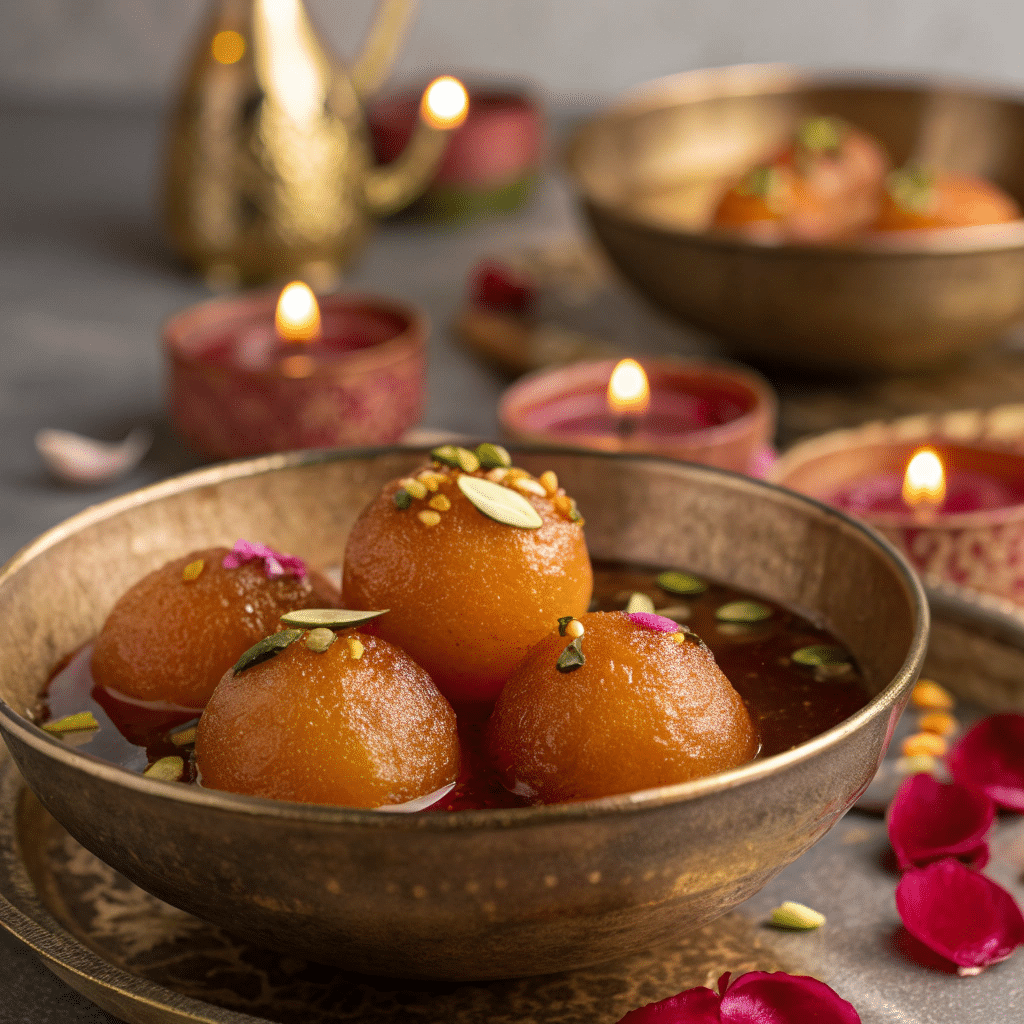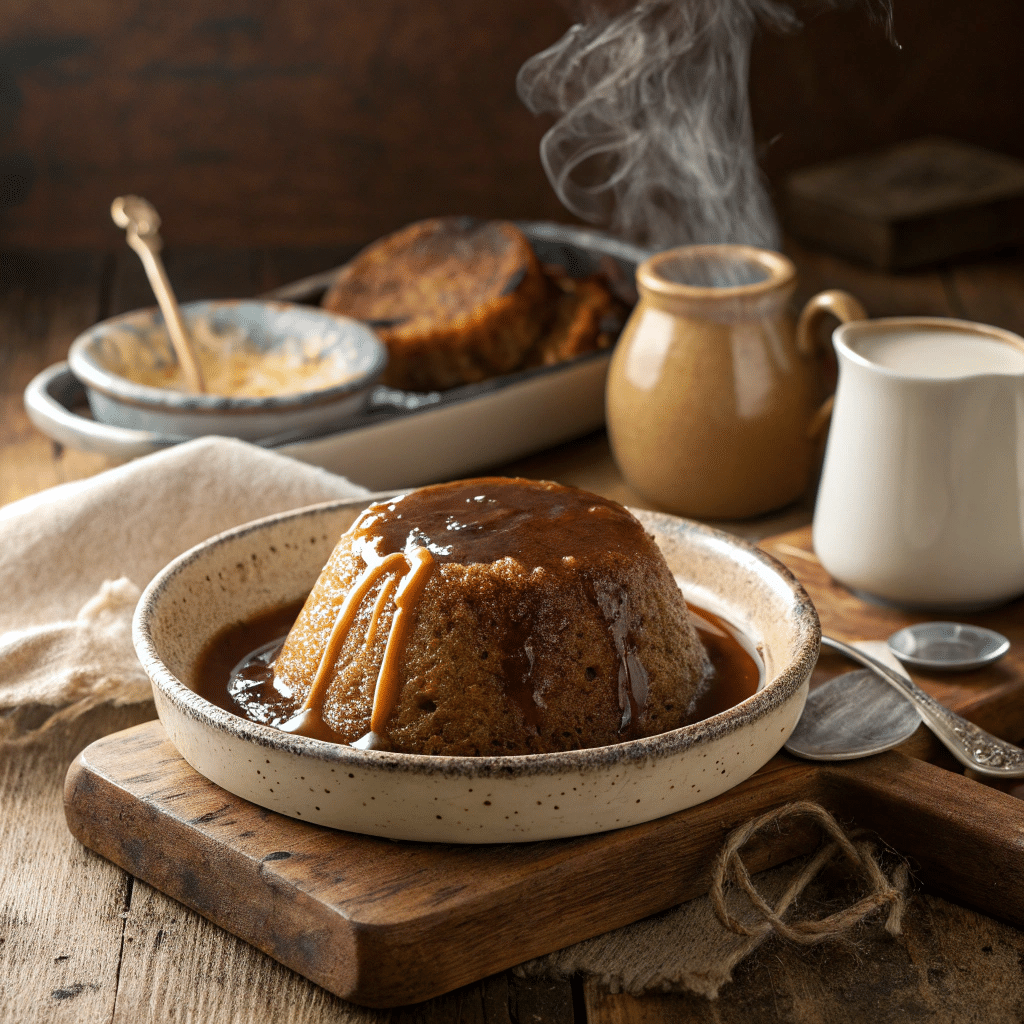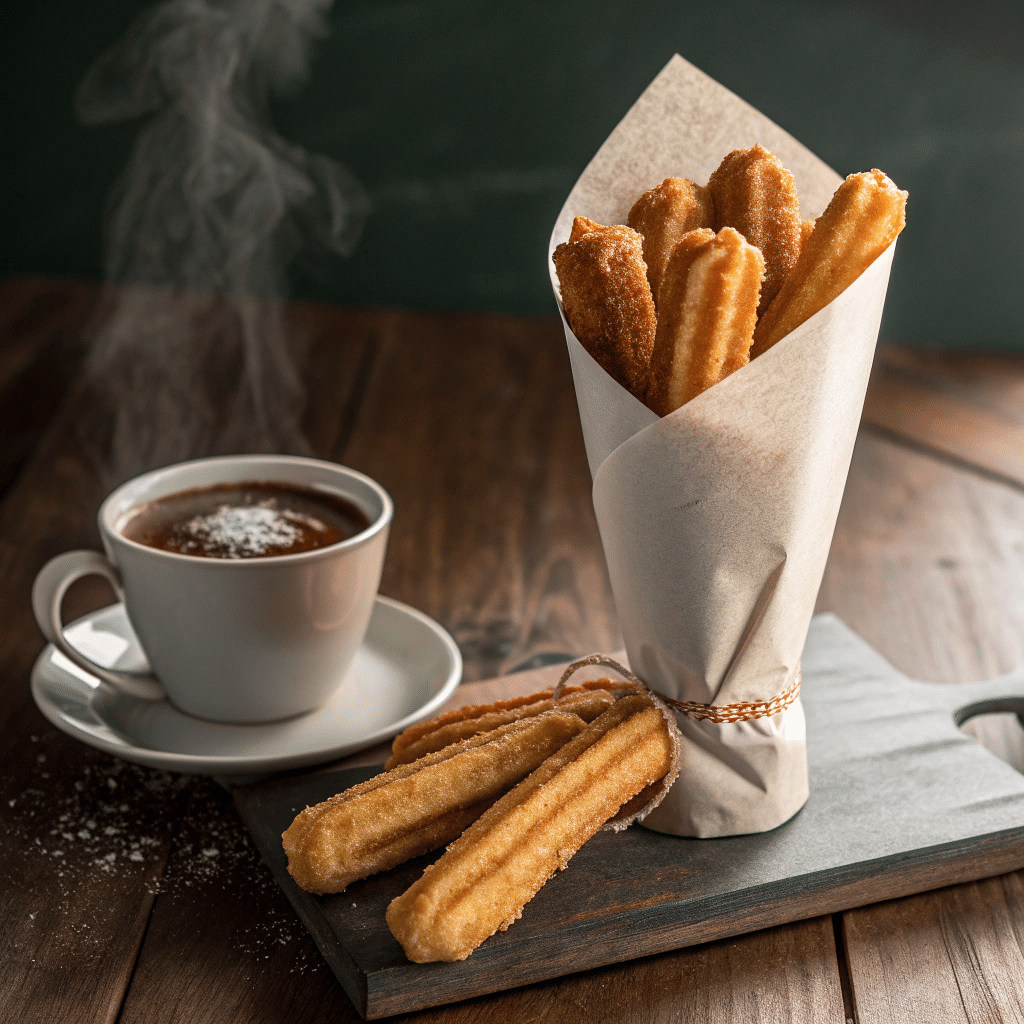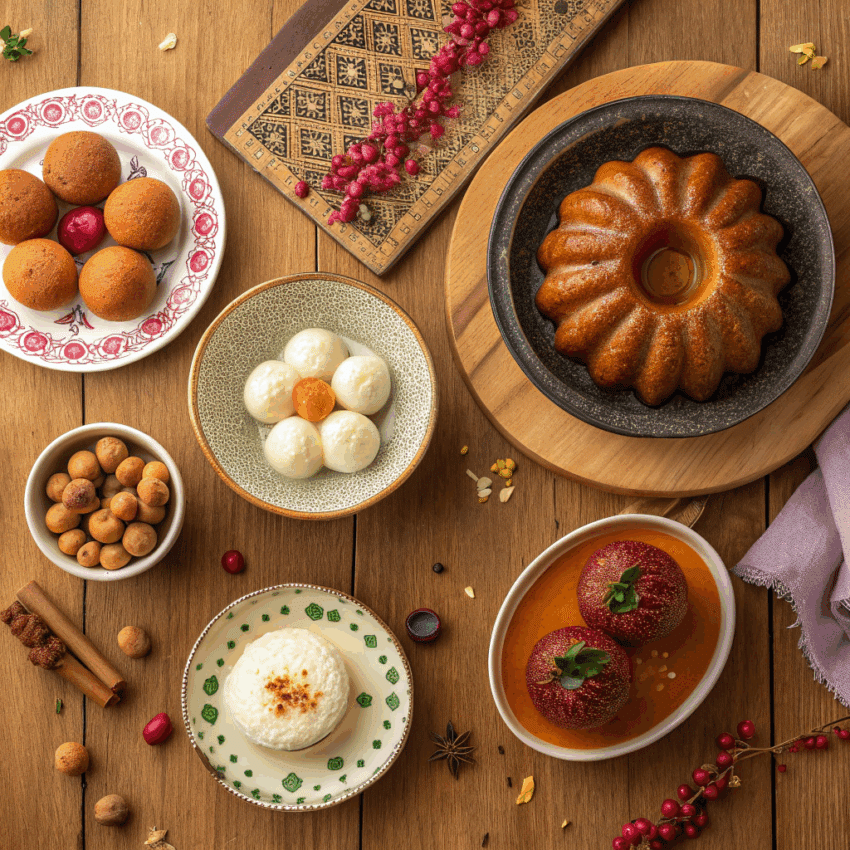There’s something magical about how sweets bring people together. Every culture, every country, every celebration has its own dessert that makes the occasion feel complete. From the streets of India during Diwali to the bakeries of France in January, desserts are often the highlight of global festivals.
Today, I’m taking you on a sweet journey—one that spans continents, traditions, and ingredients. Let’s dig into 10 incredible desserts from global festivals that show just how sweet our world can be.
1. Gulab Jamun – India’s Diwali Delight

If Diwali had a flavor, it would taste like warm syrupy Gulab Jamun. These deep-fried milk-solid dumplings are soaked in rose-scented sugar syrup and sprinkled with pistachios. I remember standing by the stove, rolling those tiny golden orbs while the smell of cardamom filled the kitchen.
Every Indian home has its own version—some stuff them with nuts, others add a hint of saffron. However you make it, this Indian dessert recipe is pure joy. It’s no wonder Diwali sweets recipes always start with Gulab Jamun.
2. Tangyuan – China’s Lantern Festival Treat
Round, chewy, and lightly sweet, Tangyuan are glutinous rice balls filled with sweet red bean paste or black sesame. They’re served in warm syrup during the Lantern Festival, symbolizing unity and family harmony.
Making Tangyuan feels therapeutic. You roll each ball by hand, press in a filling, and simmer them gently until they float. Bite into one, and that molten bean paste spills out—soft, sweet, and soothing.
3. Panettone – Italy’s Christmas Classic
No Italian Christmas is complete without Panettone, that tall, airy bread filled with dried fruits and candied peel. The first time I tasted it in Milan, I was struck by how buttery yet light it was—like a cloud that just happens to taste like rum-soaked raisins.
Although it’s often bought from bakeries, many Italians bake their own at home. Slice it thick, toast it slightly, and top it with mascarpone for a true holiday indulgence.
4. Malva Pudding – South Africa’s Sweet Comfort

Soft, caramel-sticky, and utterly addictive—Malva pudding is the pride of South African tables, especially during Christmas or family gatherings. It’s baked until spongy, then drenched in a hot butter-cream sauce right out of the oven.
This dessert walks the line between cake and pudding, offering the best of both worlds. Serve it warm with custard or ice cream, and you’ve got comfort on a plate.
5. Mochi – Japan’s New Year Tradition
When the Japanese celebrate the New Year, they turn to Mochi—soft rice cakes made by pounding steamed sticky rice until smooth. The chewy texture is unforgettable. Some are filled with sweet red bean or matcha cream, others grilled until crisp on the outside and soft within.
I once watched an old video of a Mochi-pounding ceremony in Kyoto—families working in rhythm, laughing and shouting. It’s not just about dessert; it’s about togetherness.
6. King Cake – Mardi Gras in the USA
Bright, festive, and symbolic—King Cake is baked during Mardi Gras in New Orleans. Its purple, green, and gold sugar topping shines almost as brightly as the parade floats rolling down Bourbon Street. Hidden inside is a tiny plastic baby—whoever finds it hosts the next party!
Traditionally flavored with cinnamon and filled with cream cheese, this popular dessert carries a fun mix of superstition and sweetness. Cut yourself a slice, but watch your bite—you might find more than frosting.
7. Ras Malai – India’s Creamy Festival Dessert
Another gem from Indian celebrations, Ras Malai means “juice and cream,” and it delivers both. Spongy cheese patties soak up saffron-infused milk, creating a dessert that’s as rich as it is delicate.
If you’re into Indian fusion desserts, try serving Ras Malai chilled with a drizzle of rose syrup or crushed pistachios. It’s a dish that never fails to impress guests at any gathering.
8. Churros con Chocolate – Spain’s Fiesta Favorite

Picture this: a crisp, golden churro dunked in thick, molten chocolate. That’s Spain’s signature festival snack, found at every street corner during fiestas and fairs.
What I love most about churros is their versatility. You can pipe them long or short, roll them in sugar, and even fill them with dulce de leche. Every bite feels like a celebration in itself.
9. Bolo de Mel – Madeira’s Christmas Honey Cake
This dense, spiced cake from the Portuguese island of Madeira has been a Christmas staple for centuries. Traditionally made weeks before the holiday, it gets richer as it rests—thanks to molasses, spices, and almonds.
It’s a bit like gingerbread’s older, wiser cousin. Locals even say you should break it apart with your hands, not cut it—because breaking bread (or cake) together brings luck for the year ahead.
10. Bibingka – The Philippines’ Christmas Morning Treat
Wake up in the Philippines during Christmas season, and you’ll smell Bibingka before you see it. This soft, rice-flour cake is baked in clay pots lined with banana leaves, giving it a smoky aroma you can’t forget.
Topped with salted egg, cheese, and butter, Bibingka is both sweet and savory. It’s usually enjoyed after midnight mass with a hot cup of ginger tea. A perfect ending to our sweet world tour.
A Quick Global Dessert Guide
If you’re tempted to try one (or all) of these desserts around the world, here are some ideas to bring the celebration home:
- Start small. Try making Tangyuan or Mochi—they’re easy and fun.
- Mix it up. Turn Gulab Jamun into cupcakes or fill doughnuts with sweet red bean paste.
- Host a “World Desserts” night. Pick three global festival sweets and share their stories with friends.
- Add local twists. Use maple syrup instead of honey in Bolo de Mel or bake Panettone muffins instead of loaves.
Food connects us more deeply than words ever could. Every spoonful carries history, memory, and emotion. From Indian sweets to European bakes, desserts tell stories—sometimes ancient, sometimes new—but always sweet.
FAQs
1. What’s the most popular festival dessert worldwide?
It’s hard to pick just one, but Panettone and Churros both have global fans. Their flavors and accessibility make them crowd favorites.
2. Are these festival desserts hard to make at home?
Not really. Some, like Gulab Jamun or Ras Malai, need patience, but most can be recreated with basic pantry items.
3. Can I find sweet red bean paste in regular grocery stores?
Yes, many Asian supermarkets carry it, and it’s also available online. It’s an essential for making Tangyuan and Mochi.
4. Which of these would be an easy Indian dessert for beginners?
Start with Gulab Jamun or Ras Malai. They’re simple yet festive and great introductions to Indian dessert recipes.
5. How can I make these global desserts healthier?
Swap refined sugar with honey or coconut sugar, bake instead of fry, and use fresh fruits for natural sweetness.

